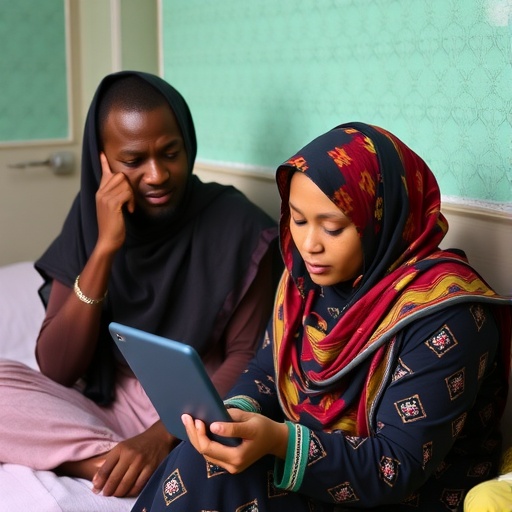Our nerves consist of small cables responsible for circulating information to every part of our body, allowing us, for instance, to move. These cables are actually cells called neurons with long extensions named axons.
Frédéric Charron, a researcher at the Montreal Clinical Research Institute (IRCM) and a molecular biology professor at Université de Montréal, and his team have recently shed light on a system that tells our neurons how to build the delicate circuits of our nervous system. The discovery by this group of researchers, all from the IRCM, appeared in the prestigious journal Neuron. This work may one day contribute to the development of treatments for people with a spinal cord injury or a genetic disorder affecting their motor function.
The Tom Thumb of neurons
The human nervous systems develop during pregnancy — for about 30 weeks. This long-term process is crucial.
“The way each neuron is guided toward its target is critical, since our five senses and motor functions rely on this network and its organization,” says Frédéric Charron, who is director of the Molecular Biology of Neural Development Research Unit at the IRCM. “A bad connection can lead to cognitive, motor or sensory disorders.”
To grow correctly and connect to the right targets, neurons rely on “signals” that guide them to the right path, like a GPS. Dr. Charron’s group is particularly interested in one of them: Sonic hedgehog (Shh).
Similar to a magnet, Shh attracts the extension of the neuron, the axon, by binding to a receptor located on its surface — the molecule Boc. Until now, scientists did not know how Shh acted on its receptor. The team of Frédéric Charron demonstrated that the Boc receptor directs the axon through a system similar to…Tom Thumb.
“It’s as if Shh molecules are breadcrumbs that guide the axon,” explains Julien Ferent, a postdoctoral fellow and the first author of the article. “When the Boc receptor detects them, the membrane at the end of the axon “gobbles” Shh, penetrating the axon inwardly (a process called endocytosis).” Then, the axon continues its path toward places where Shh is present in higher concentration.
The efforts of the IRCM researchers make it possible to better understand the formation of the nervous system. This breakthrough could, for example, contribute to the creation of tools in regenerative medicine to reconstitute nervous circuits, which would have otherwise been damaged by an accident, causing paralysis.
###
About the study
The study was carried out by Dr. Charron’s team, in collaboration with the laboratory of researcher Michel Cayouette, both from the IRCM. Julien Ferent, Fanny Giguère, Steves Morin, Jean-François Michaud, Shirin Makihara, Patricia T. Yam and Frédéric Charron, from the Molecular Biology of Neural Development Research Unit at the IRCM, took part in the work. Christine Jolicoeur and Michel Cayouette, from the IRCM’s Cellular Neurobiology Research Unit, also contributed to the research.
This research received financial support from the W. Garfield Weston Foundation, Brain Canada Foundation, Canada Foundation for Innovation, Canada Research Chairs Program, Fonds de recherche du Québec – Santé, Foundation for Medical Research and Canadian Institutes of Health Research.
Media Contact
Julie Gazaille
[email protected]




